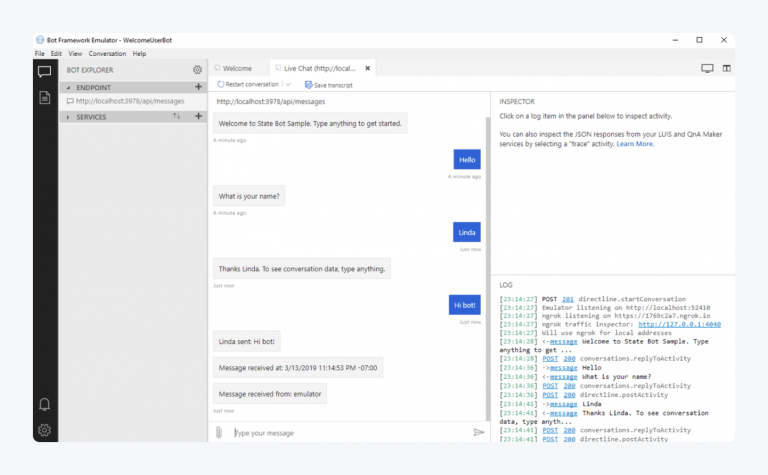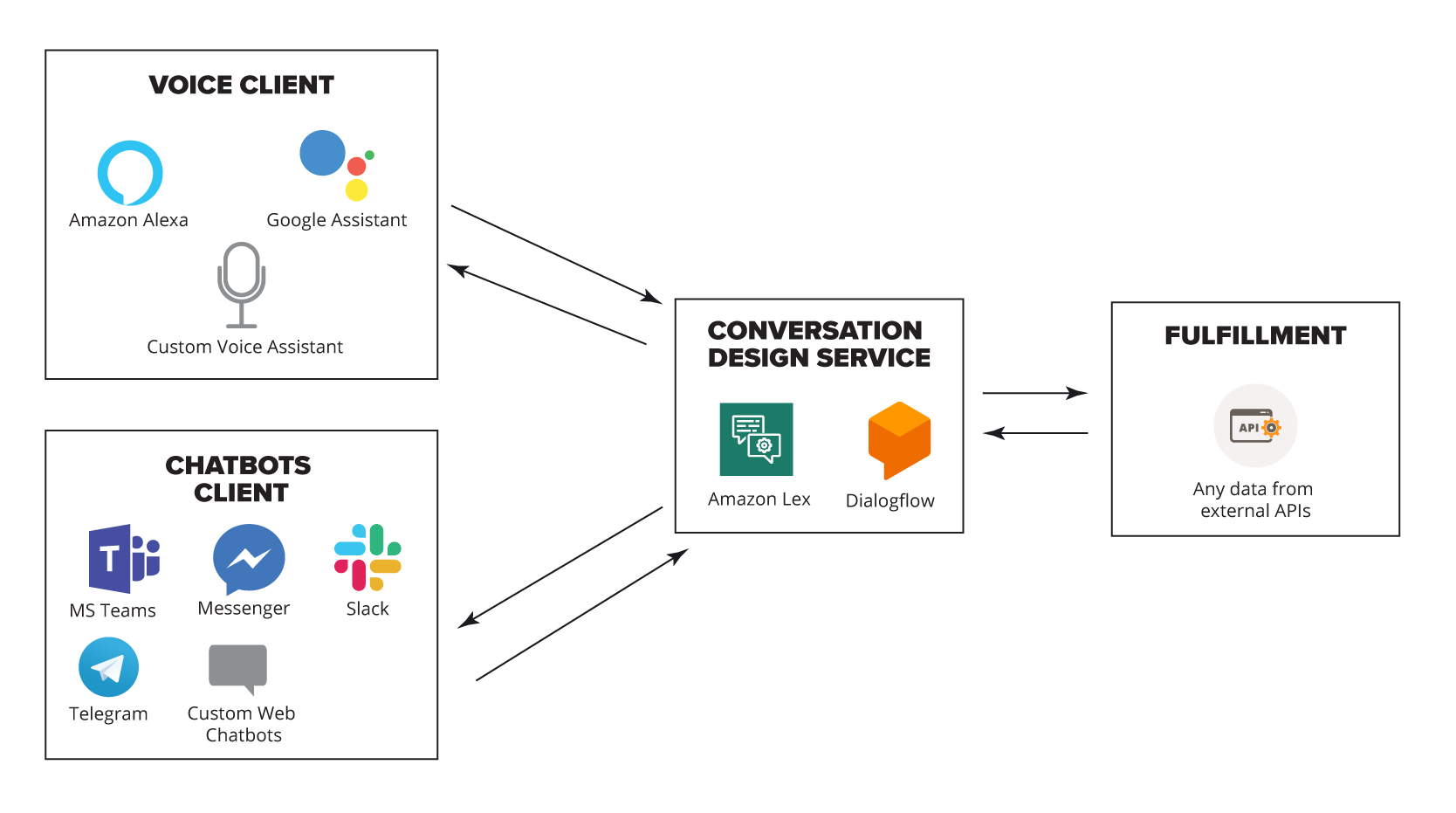

For example, restaurants, delivery companies, and banks use transactional chatbots to handle common questions, such as questions about business hours, or to help customers with simple transactions. Interactions with transactional chatbots are trained on structured data, which makes them very helpful for businesses that know in advance what common actions or problems that customers may need help with. Transactional chatbots use natural language processing to understand the intent of the user’s inquiry and generate automated responses that are designed to be conversational. After the user makes their choice, the chatbot guides them through the process by continuing to provide available options until the user’s question has been answered or the problem has been solved, or until the user is transferred to a live agent. It’s designed to provide a fixed set of options for a user to choose from, depending on what the user wants to do or what problem they want to solve. Transactional chatbotsĪ transactional chatbot, also called a task-oriented or declarative chatbot, is a single-purpose chatbot that’s focused on performing or automating one task or function. Their main difference is in their overall levels of complexity. There are two main types of chatbots that a business can use: transactional chatbots and conversational chatbots. Entities are typically things like dates, times, places, names, or locations that provide further specificity to a user’s intent. Finally, the chatbot recognizes entities within the utterance that help define the details of the intent. When an utterance is entered into a chatbot, the chatbot determines the intent of the utterance-the user’s goal in contacting the chatbot. An utterance is any phrase that a user enters into a chatbot. Natural language processing works by breaking down user inputs into utterances, intents, and entries. NLP makes it possible for bots to communicate with human users in a way that emulates human conversation.

NLP works by taking a text or voice input from a human, using AI to determine that input’s meaning, and then generating and delivering an appropriate response. Natural language processing refers to the entire end-to-end process of how chatbots use artificial intelligence to make sense of large amounts of natural language data. The process of understanding, analyzing, and responding to human speech is a complex task, which we call natural language processing. To work effectively, chatbots must be able translate human speech and language into something that a computer can understand. As organizations invest in more and more complicated technologies and build out multiple messaging interfaces, chatbots are quickly becoming a necessary bridge between customers and employees, and the massive amounts of information, systems, and applications that they interact with. In addition to the high ROI, chatbots are also becoming commonplace simply because they are a simple, convenient service that consumers and employees have come to expect and rely on.

Companies use AI chatbots to build personalized user experiences that lead to happier, more engaged customers and higher conversion rates. Using chatbots also helps companies speed up their sales cycles, generate more leads, and improve customer loyalty. In general, improved customer service combined with a reduction in customer service costs leads to a high return on investment (ROI) for companies that use chatbots for customer service. Many companies have chatbots that act as virtual agents that can handle customer service issues and support employees. How companies use chatbotsĬhatbots provide a number of benefits for companies. Improvements in AI, machine learning, data science, and natural language processing have enabled the proliferation of chatbots by making it easier to build conversational bots for a variety of applications that benefit companies, their customers, and their employees. Chatbots are used to help humans interact with technology and automate tasks.


 0 kommentar(er)
0 kommentar(er)
